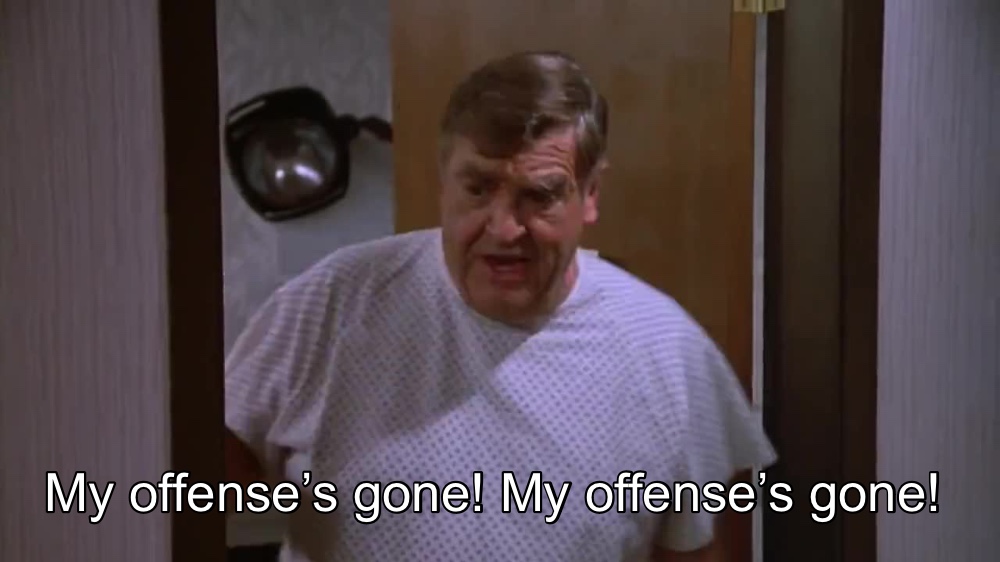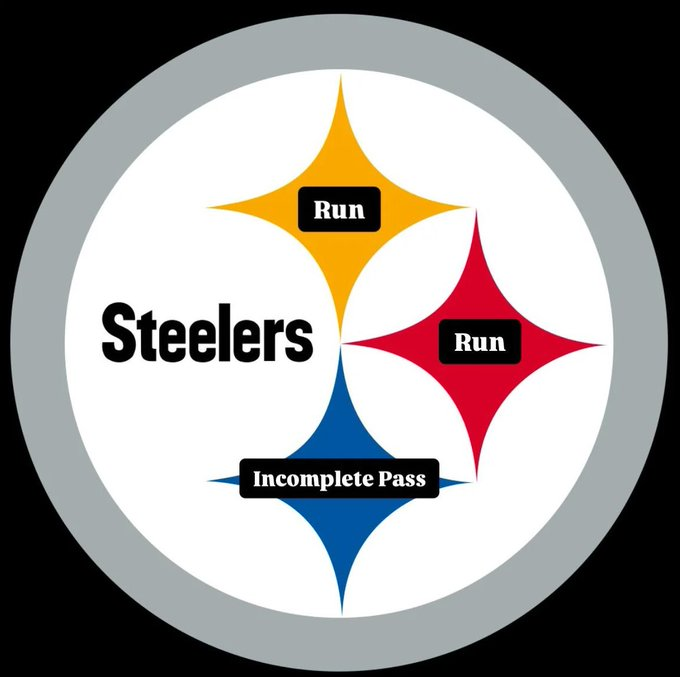
With the game being Saturday night, I thought having an extra day to process the outcome—and how the Steelers arrived at such a mind-numbing result—would help me see things in a more objective, perhaps even more positive light. To say that that is not the case would be a colossal understatement.
I do not think I have ever been so enraged, yet simultaneously defeated, after watching a Steelers’ regular season football game in my nearly twenty-four years on Earth. Replaying the entirety of the heartbreaking 19-17 loss at home to the Cincinnati Bengals in my mind still leaves me shaking nearly 48 hours later.
I am going to get the one positive aspect of the defeat out of the way early: the defense, which had been much-maligned since the loss against Philadelphia, played pretty well, especially after the opening drive of the game. They allowed a mere 19 points to an offense that finished the 2024-25 season sixth in the National Football League in scoring, averaging 27.8 points per game. They also held the Bengals to a 25% touchdown percentage in the red zone, which was significantly lower than their season average of 62.8%.
This all occurred while their second-best cornerback, Donte Jackson, missed the game with a back injury, and a very-inexperienced Cory Trice, Jr. was thrown into the fire against the eventual receiving triple-crown winner in Ja’Marr Chase. Chase caught 10 of 14 targets for 96 yards and a touchdown, but the damage could have been much worse (as many of his opposing defensive backs saw this year).
Allowing only 314 total yards and forcing two turnovers (although one of those turnovers was on special teams) while being on the field for 63% of the game—exactly 38 minutes, due in large part to the gross ineptitude of the offense—was admirable, as the Bengals’ season average for total yardage was 365.5 yards per game, over half a field longer than Cam Heyward, TJ Watt, and company yielded Saturday night.
You would think that, by allowing only 19 points to a potent Bengals’ offense, a win would be likely. After all, the Bengals’ defense ranked 25th in yards allowed per game (348.3) and points against per game (25.5), as well as 30th in red zone defense (67.9%).
Insert Arthur Smith’s offense, led by Russell Wilson. Against a defense that allowed 348.3 yards per game over the course of a 17-game season, Smith’s play-calling (and the offense’s execution of those plays) mustered a pathetic 193 yards on 58 plays, good for just under 3.33 yards per play.
As has become customary in recent times, Arthur Smith’s play-calling was extraordinarily predictable. Per Mark Kaboly, the Steelers’ correspondent for the Pat McAfee Show, “Steelers called a run play on their first 9 first-down plays of the game and 12 of 15 until the Bengals took [a] 19-7 lead with 11 minutes left in the game. The three first-down non-run plays mini that span came when the Steelers got the ball with 80 seconds left in the first half and…[were] in hurry-up.” Kaboly noted that the average yardage on those 12 runs was 3.5, and that that number dropped down to 1.33 if the three longest first-down trots (11, 10, and 9 yards) were removed.

Obviously, this is not a one-time issue. The offense has been predictable and unproductive for some time now. Per Alex Kozora of Steelers Depot, the Steelers went the entire season without scoring a touchdown on their opening drive, with eight of those 17 drives lasting only three plays.
One of their downfalls throughout the season was their inability to convert in short-yardage scenarios, which Kozora also highlighted. He noted that the offense only covered 52.6% of third- and fourth-down attempts when the line-to-gain was three yards or fewer away. That number was 29th in the NFL. We saw a horrendous example of that when Russell Wilson attempted a quarterback sneak on a third-and-one, opting to run into the center instead of plowing into a wide-open A-gap between the left guard and the center. This failure would ultimately result in a turnover on downs.
The Steelers finally moved the ball in the fourth quarter, though, trimming the lead from 19-7 to 19-17. They also forced a key defensive stop and got the ball back at their own 24 with 1:51 left and a timeout at their disposal. They had ample time to get into Chris Boswell’s field goal range, who had just hit a 54-yarder a mere 53 seconds of game-time ago. They had a chance to win the game, eliminate Cincinnati, and avoid playing the Ravens in the first round of the postseason…it was in Russell Wilson’s hands.
Thus began the worst two-minute drill in the history of the sport. Russell Wilson played as though he had never stepped between the white lines before. Who opts to try and bulldoze a defender instead of running out of bounds with time ticking away? Why is the first play of the drive a negative pass to your slower running back? Why are you chucking a deep ball on third-and-twelve when you have two downs to get the first? Why is the guy with the most reliable hands on the team dropping a fourth-down conversion to seal the game for Cincinnati?
I sat there in disbelief. Was I watching peewee football? That was not a Super Bowl champion and future Hall of Famer taking those snaps. More, who decided on this game plan to begin with? Why not attack the porous Bengals’ defense in a similar manner to the way that you did when you hung 44 points on them in the previous matchup?
The Steelers will be traveling to Baltimore on Saturday night to face the Ravens in the wild card round as a result of this supreme idiocy. This is a Ravens team on a four-game winning streak, with a defense that has not allowed more than 17 points in any of those four games. The Steelers, on the other hand, have not scored more than 17 points in any of their games during their four-game skid.
I have absolutely no faith in this team even being competitive on Saturday, especially with how poor the offense was against a horrendous defense. I hope the front office and ownership are ready to make some serious changes, because they will be necessary once a ninth-consecutive season without a playoff victory elapses.